Full Highlights of the BJIFF Competition Section, Grand Event Can’t Be Missed Once A Year!
When the first frame of image appears, from the darkroom to the screen, the lights are off in the same way of significance created through montage. And the fast-moving film frames are also an interpretation of a type of relationship.
How does the relationship occur? It starts with an individual looking for another one with the encounter as a node to present two divided paths with continuously repeated actions. Maybe they will meet with each other, or maybe not. The pace in city is always accelerating with increasingly complicated relationship network, and we need to constantly determine our positions in different positions of the relationship, although we may always suffer from moments of confusion and loss. Therefore, it’s time for us to get together once again in the name of films in this spring.
The BJIFF held every year is another fulfillment of promise with films in the spring, a time for films and filmmakers to get together and the realization of the original mission of films to show the world another possibility of life as it used to be a hundred years ago. The 15 films shortlisted for the Competition Section of Tiantan Award at the 14th BJIFF are exactly the imagination and expression of such possibility. From the countryside of the Alps to the speeding trains on the Guangzhou-Shenzhen Railway, there are always people traveling with us along the road to dreams. This is a tour of screen exclusively for the Tiantan Award.
Join Hands to Chase Light and Shadow
Film is independent. Since its birth, countless theorists and practitioners have been cheering for this young art to further prove its uniqueness and value. Film is complex. As the most recent art category in human history, it is the condensation and creation of all artistic wisdom to a certain extent. From whatever angle, you can find the subtle and shining connection between film and any art, whether it is poetry, music, dance, or literature... Moreover, films can always rely on their own charm to convert the connections hidden with some kind of directions into an equal dialogue, and then into the nourishment for its own continuous evolution. Like a prism that refracts sunlight, film itself is also looking for "travelers" with whom it can resonate at the same frequency.
The film A Whole Life directed by Hans Steinbichler describes the long and tortured life of Andreas Egger, a farmer living in the Alps. During the same length of time, the smoke of the two world wars and the roaring machinery of industrialization seem to be the only melody in the world. But between the white snow and green trees of the Alps, everything has been dissolved. The only thing that matters is Andreas' life-long missing for his wife, Marie, who died young. The film finds an excellent carrier for such a deep emotion in the form of letter. We, sitting in front of the screen, watch Andreas writing these letters without the recipients day after day, year after year until the end of the film, and the image impact from the avalanche of letters can only be described by the name of film, "A Whole Life".
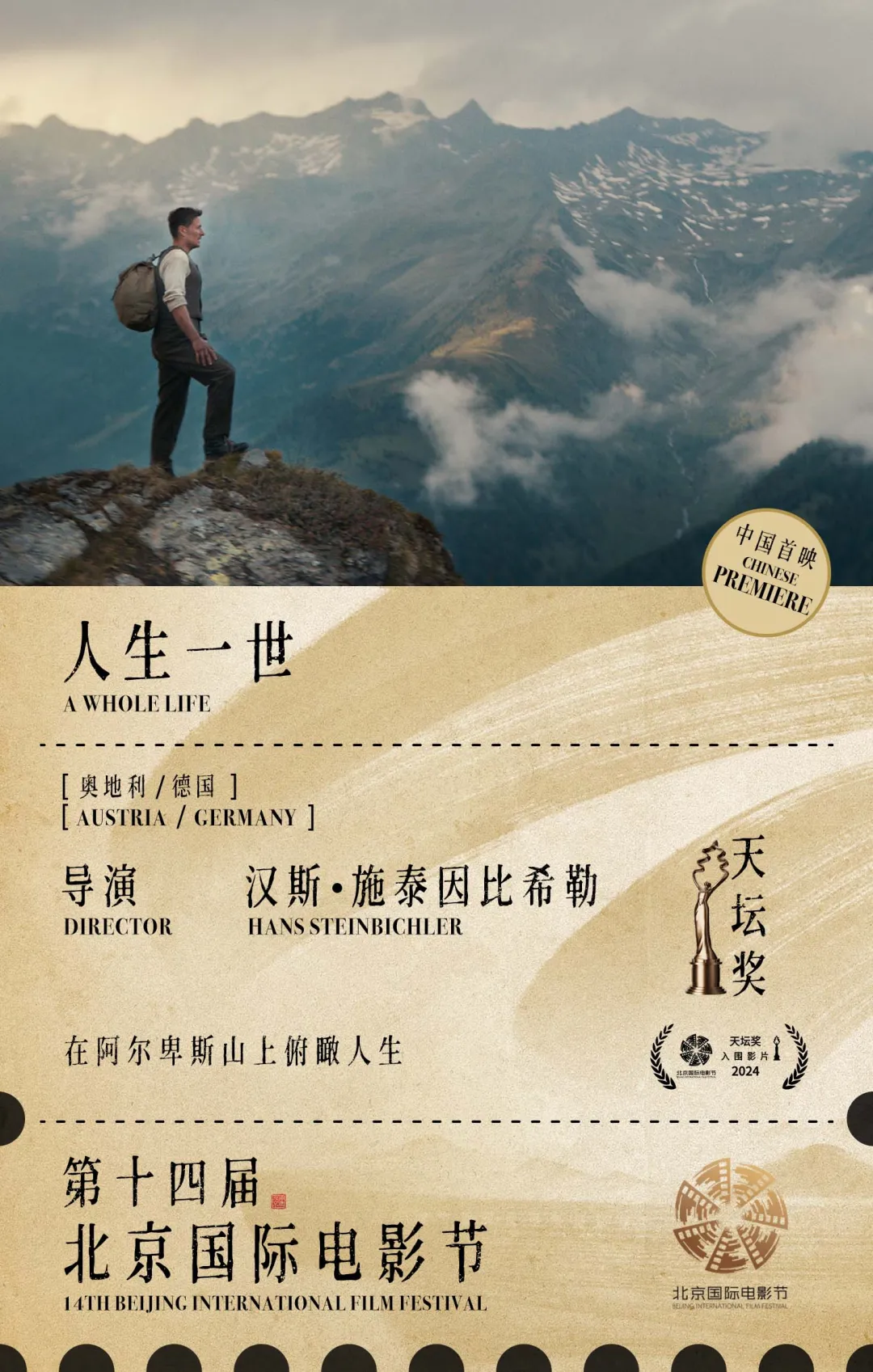
A Whole Life
The presentation of words in the form of image can amplify the power of emotion, and the description of music through image can go beyond the imitation of form and melody to penetrate every corner of the film structure. The film Not A Word directed by Hanna Slak is such a psychological thriller that organizes images in the form of symphonic structure. The life of Nina and Lars, her son, who are vacationing on a small island in western France, is just like their communication that cannot be carried out smoothly. They are always interrupted by phone notifications, electrical noises, and emergency calls. The tension between mother and son also develops and changes according to the symphony movements. Director Hanna Slak cleverly uses music as a way to reveal the truth, shift the focus from events to emotions, to complete a rather wonderful analysis of human nature in a highly stylized manner.
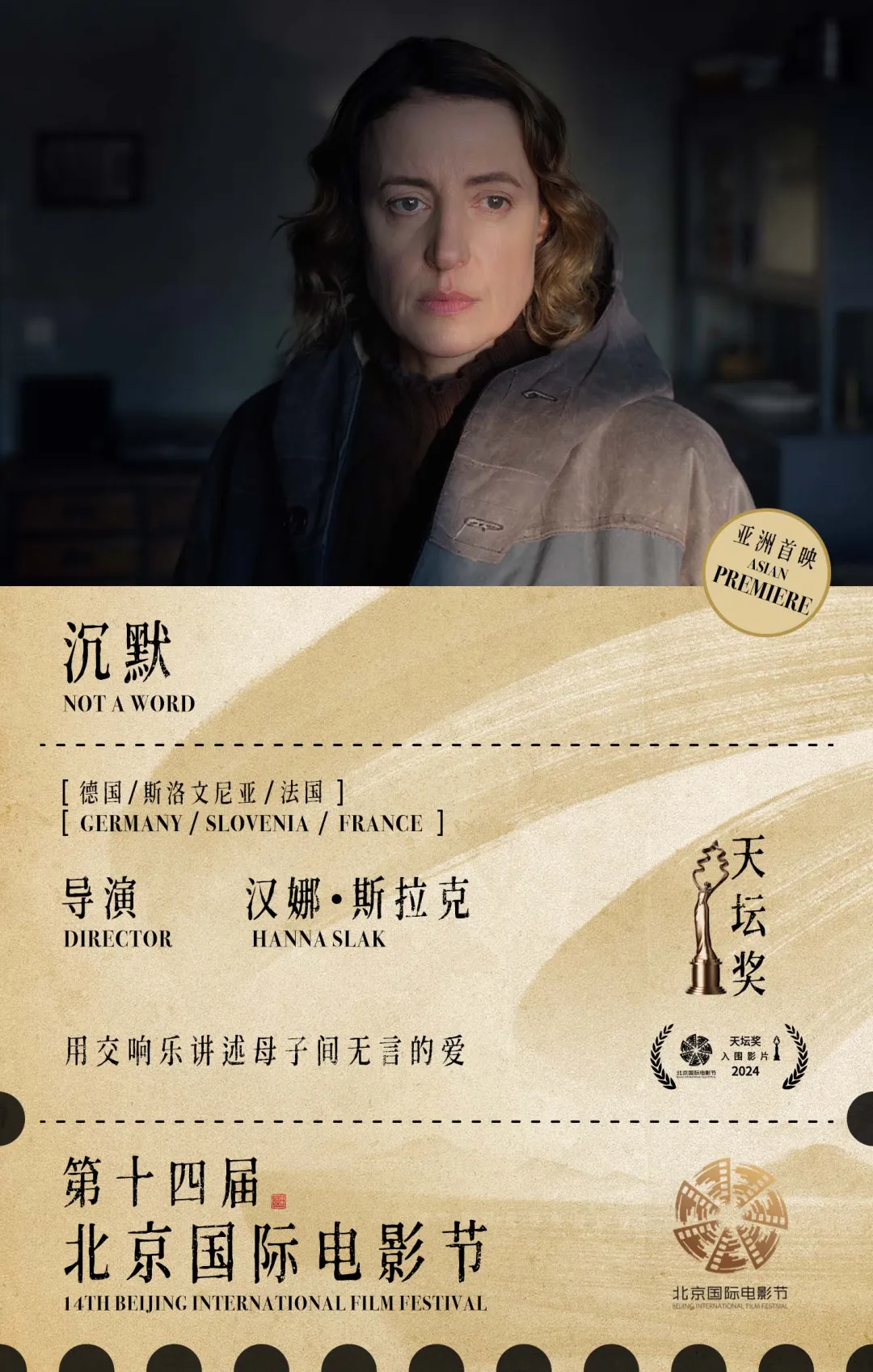
Not A Word
Like Not A Word, The City written, directed and acted by Amit Ulman, also presents a dialogue between film and music in the way of a modern musical instead of a classical symphony. The five-act structure, split screens and quick cuts, a new development of music video style, free camera movements, and wonderful singings, not to mention the reappearance of iconic elements of film noir such as the femme fatale and the chase in the alley. Before we enjoy this film, it is hard to imagine how the director decides to adopt such a bold and innovative form to reinterpret the classic detective theme. It is until the last second that we can feel the wonderfulness of this film.
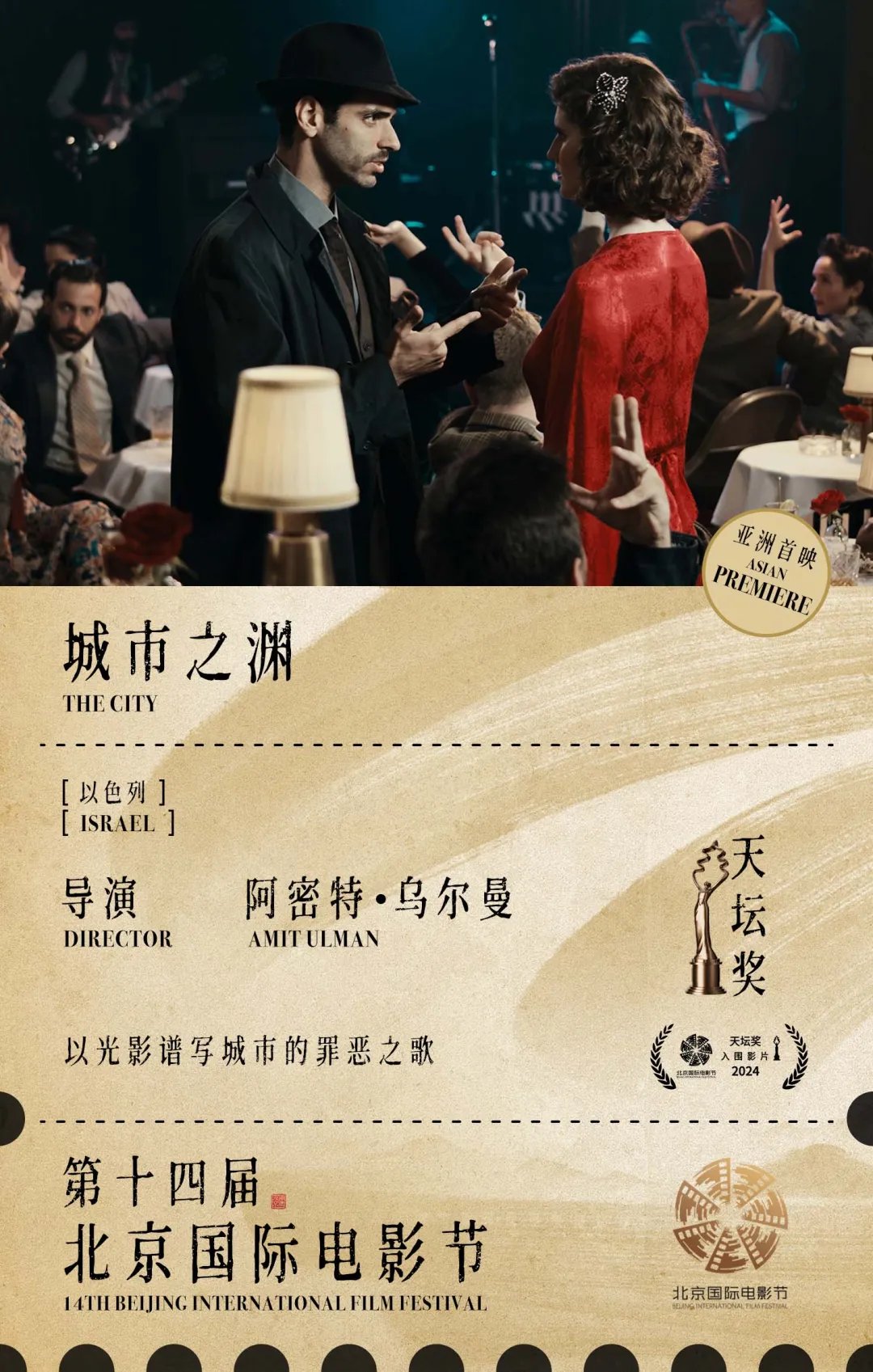
The City
If the dialogue with other art forms is regarded as the winning strategy which enables film to win the fame for itself in just one hundred years, then the dialogue with life is the core for film to develop into the next century. After all, since humans invented films, our world has presented another layer of gorgeous images. The film Gold or Shit directed by Long Fei is such a film truly about life. The sincere creative attitude and light comedy style that rejects the chicken soup preaching give every young people experiencing anxiety and trouble a profound and gentle hug. Life is just like a film, and the arranged plot is not the reality of true life. However, the twists and turns may make them gain different scenery.
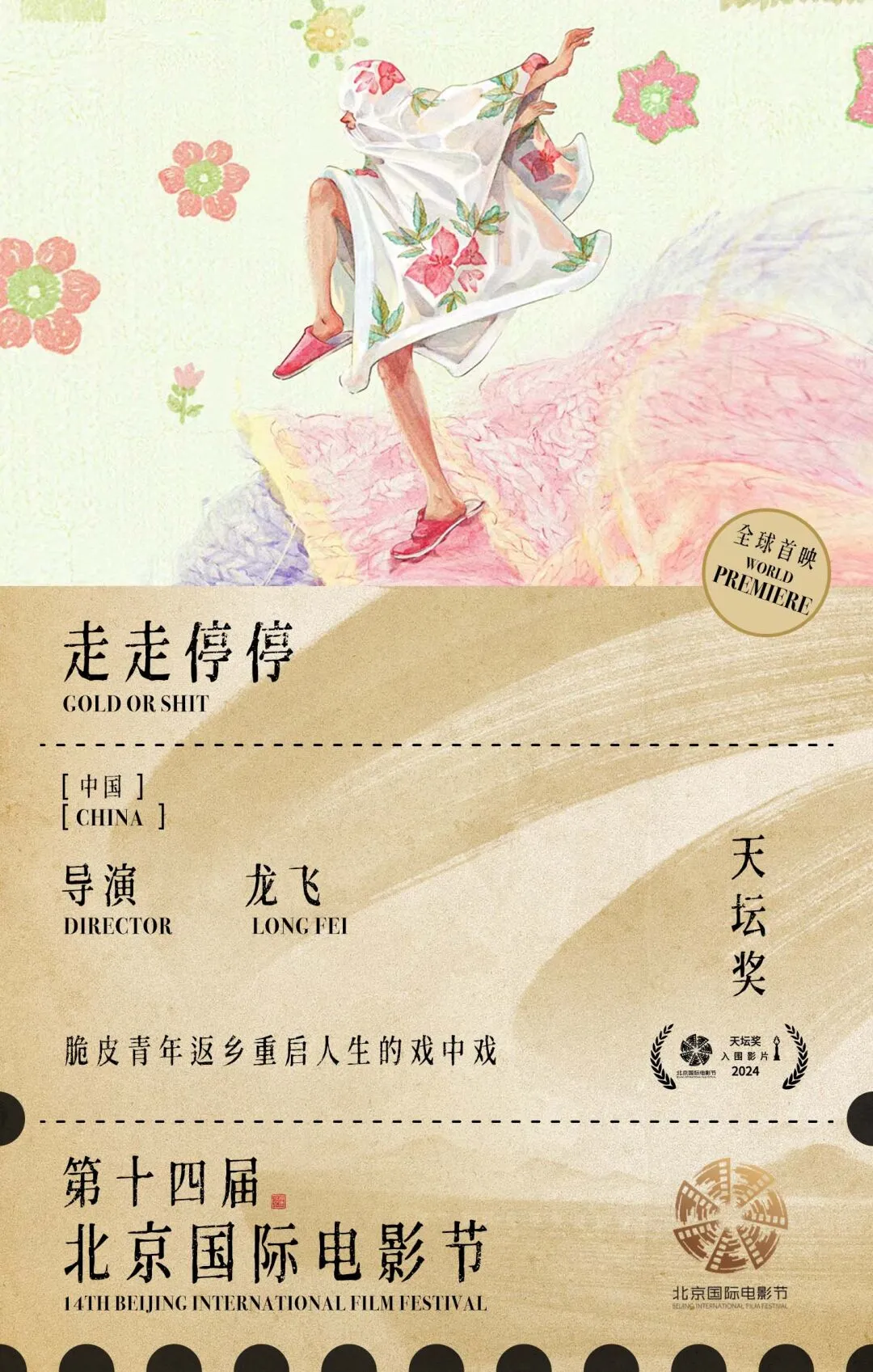
Gold or Shit
The latest work All the Long Nights by Sho Miyake, a representative of the "Third Golden Age" of Japanese films, chooses guide statement, the most common of all literary genres, which is even more often classified as an applied genre to find more possibilities of the films. Sho Miyake extracts a more specific and subtle event from the daily work of two ordinary young people trapped in urban neurosis -- writing guide statement, to mediate between the tiny individual and the distant universe against the suffocating feeling created by the urban landscape. From the micro perspective provided by the director, all the emotional changes and mood fluctuations of the characters are converted into the state of anti-dramatic pulse. The reflection of stars in the night sky is metonymically the sincere connection among the people. When the hero, Takatoshi Yamazoe, unconsciously becomes an urban explorer, who passes through the crowds and traffic to knock at the door of Misa, the heroine, a feeling for a better life is confirmed. Reaching the furthermost depth of your heart, you will eventually arrive at the end of the night, which is everything of All the Long Nights.
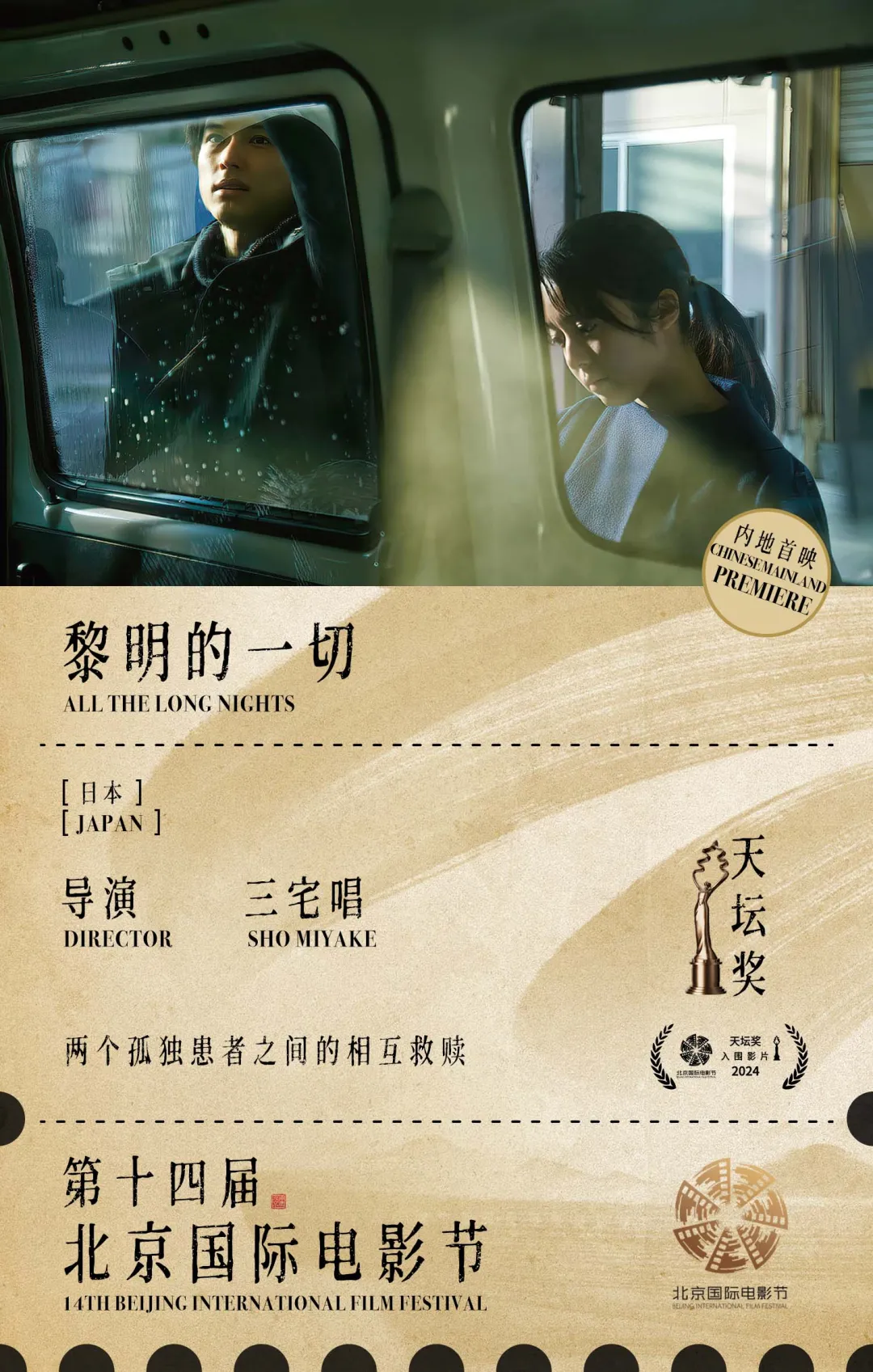
All the Long Nights
Moment of Encounter, Land of Promise
Films provide us with a new way of communication to convey thoughts and emotions across time and space that are hard to be expressed word for word. Likewise, films have a strong interest in human interactions. When an encounter occurs, we can only experience one timeline, and films can just provide us with more possibilities we cannot experience in real life. The moment of encounter becomes the most magical moment in the films. It is like the smallest action unit in the emotion experiment of films, which forms a complicated, interesting, and infinitely extendable world of images.
In 1958, the nuclear crisis became one of the most critical themes in the world against the background of the Cold War. Although the struggle for power and desire blocks human communication, there are still different voices to be spoken out and their existence proves another possibility for the world. The film Guardians of the Formula directed by Dragan Bjelogrlic is adapted from such a true story. In the crisis of nuclear war, French medical experts and Yugoslav nuclear experts create a scientific miracle in overcoming nuclear radiation therapy across two camps. Beyond the different political camps, the film cleverly sets up language barriers to make cooperation even more difficult. But just like a line in the film, "Our encounter is not by chance." Even in the most intense years of war, human beings are still craving for communication.
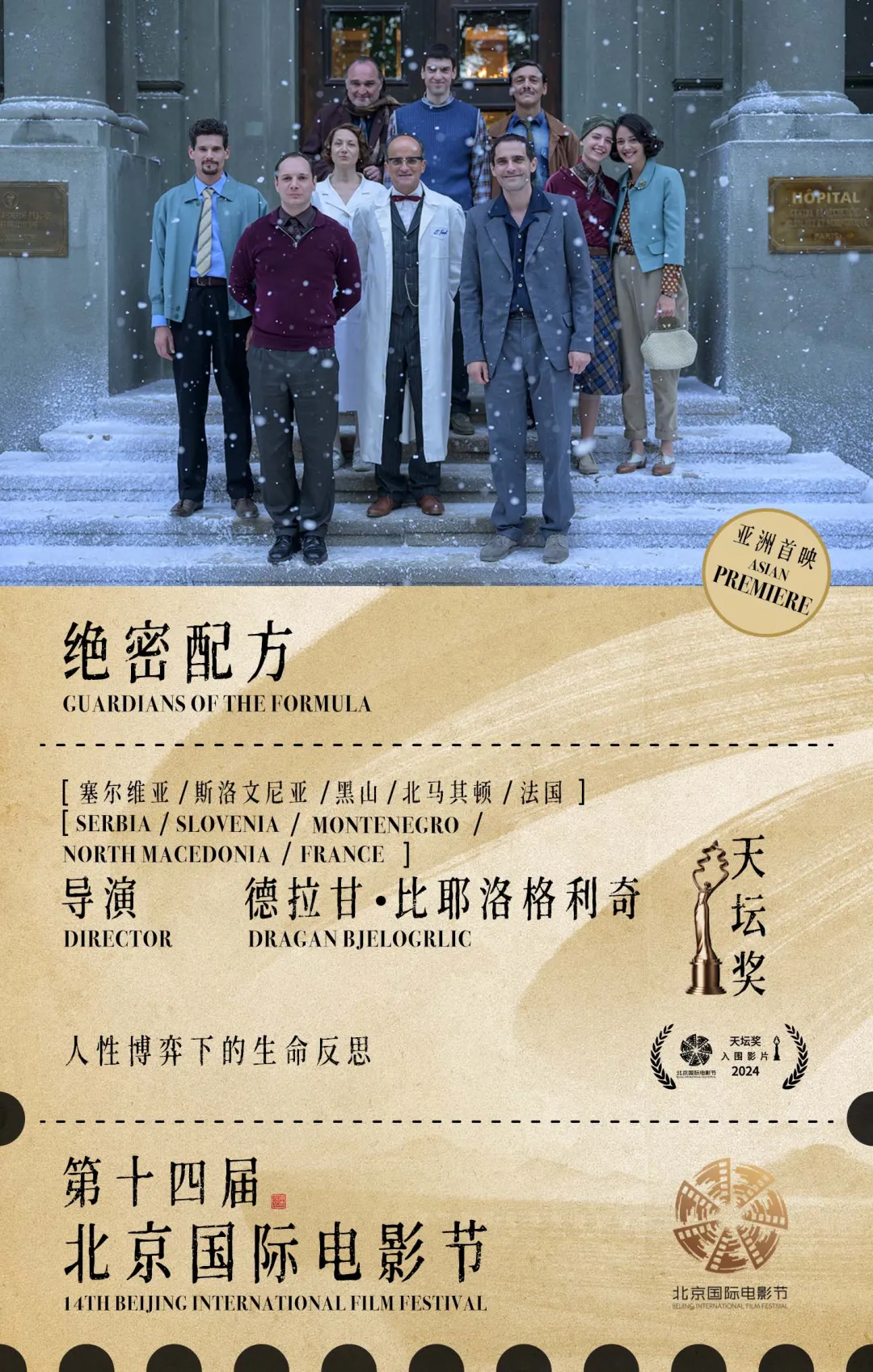
Guardians of the Formula
There are two meanings for us to encounter in The Reeds by Cemil Ağacıkoğlu. The first one is the encounter among people, and the second one is the encounter between people and nature. The film tells a rather sophisticated allegory about the power structure. Through the encounters between the male protagonist, Ali, and different characters, it stimulates the development of the plot and changes in relationships, to complete experiments on unpredictable human nature. Such a kind of thriller style is upgraded in the second level of encounter. The film Anatolian Leopard shortlisted for the 12th BJIFF Tiantan Award once showed the urban scene of the Anatolian plateau to the BJIFF audience, while The Reeds uses a lot of space to present the completely different rural scenery on plateau, the boat on Otabage Lake, the tall golden reeds, the dreamy mist, and the snow-capped mountains that always serve as the background. The film eliminates the negative atmosphere of the original style by means of slow cameras, and the landscape narration connects the roots of human nature with a more solid and ancient natural environment, which makes the human experiment ultimately retain a trace of warmth and hope.
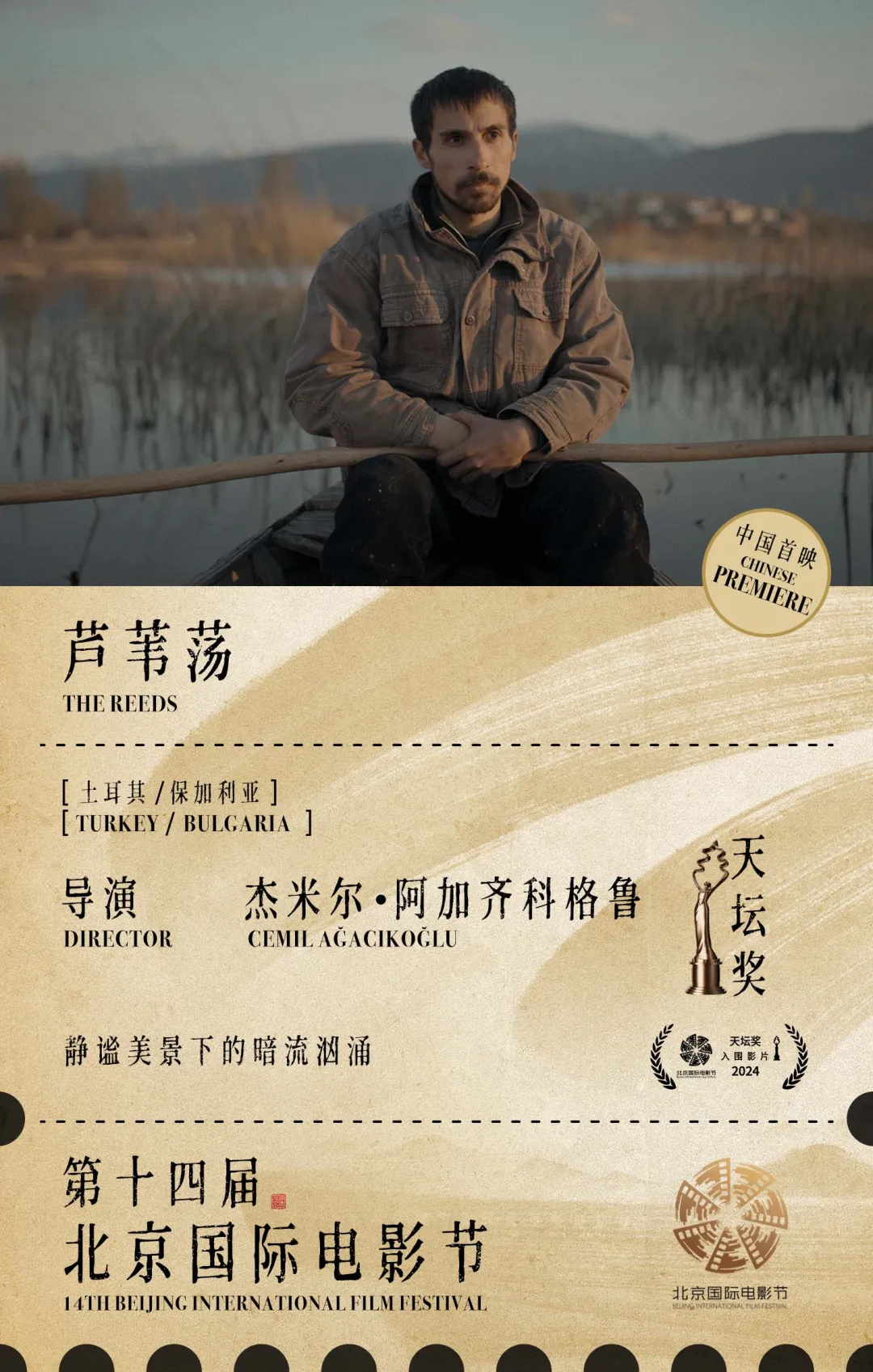
The Reeds
Social themes have been an important area of development for Indian films in recent years, and the film Stolen by Karan Tejpal is a very prominent new work of the same genre. The film does not have too much designs in terms of the story complexity. Instead, it adopts the method of subtraction. The two protagonists with great different classes meet unexpectedly and embark on an adventure journey in a chase structure featured with the road film and thriller. All external differences are gradually peeled away along with their adventure. And for them, the common goals pursued by human beings regardless of class, race, and gender -- the morality and truth are revealed. At the same time, the director compresses the development of the whole story into one day and one night, making the genre characteristics of the film more prominent.
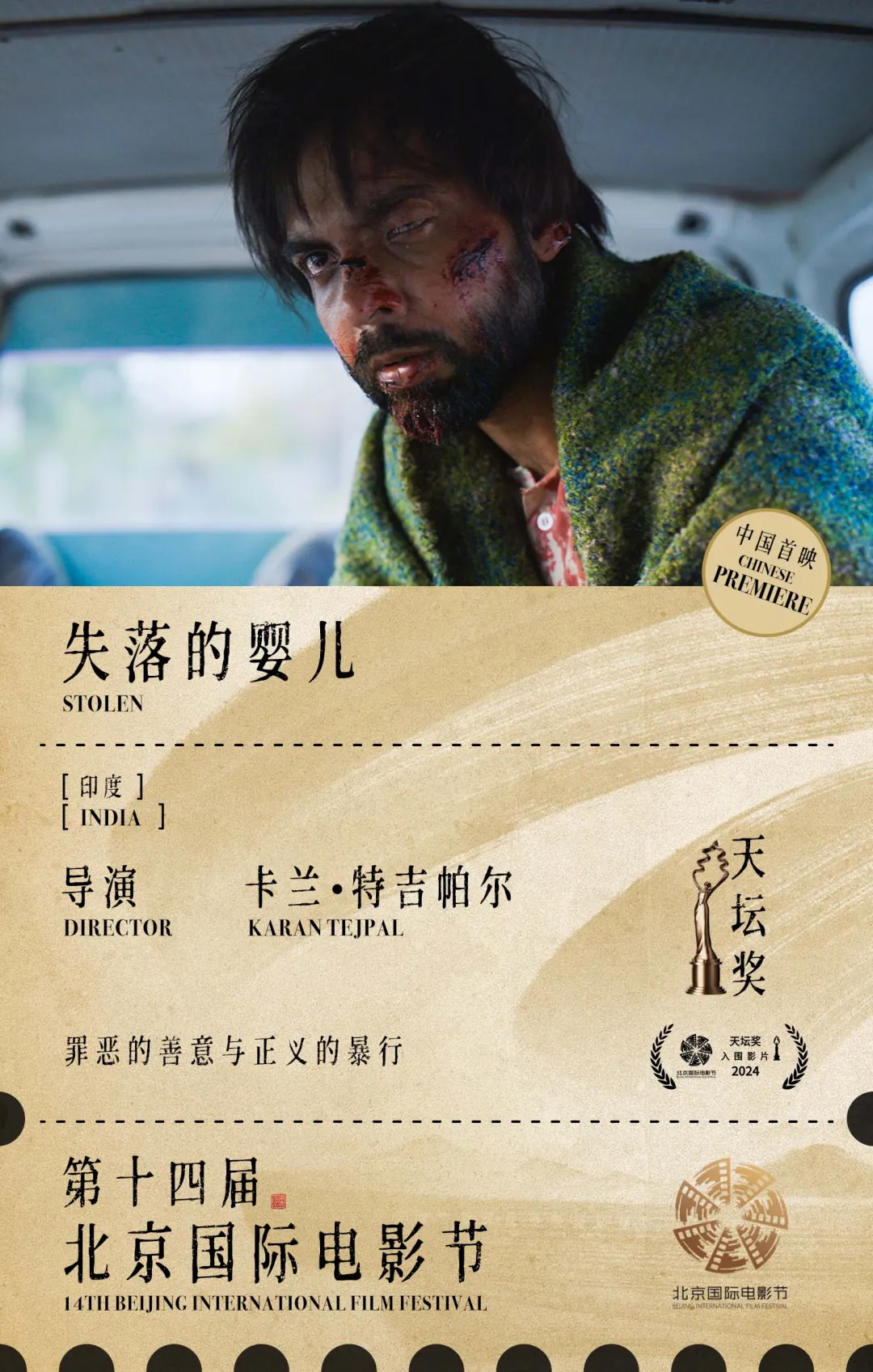
Stolen
A Real Job by Thomas Lilti further expands the subject of encounter, which occurs within a group instead of two people. Group portraits are not a simple summation of character relationships, but the result of geometric imagination of the possibility of encounters between people. Most of the films that focus on campus life are limited to telling the youth stories about students, but Thomas Lilti moves the focus to the other side which is often ignored by inertial thinking – the teachers. The director successfully shapes the image of a teacher at different ages facing different life difficulties. The excellent group portraits not only enrich the film's narrative, but also increase the persuasiveness of issue analysis in specific social fields. During the process, the director’s refined mirror language and restrained emotional expression prevent the film from drifting into inanity.
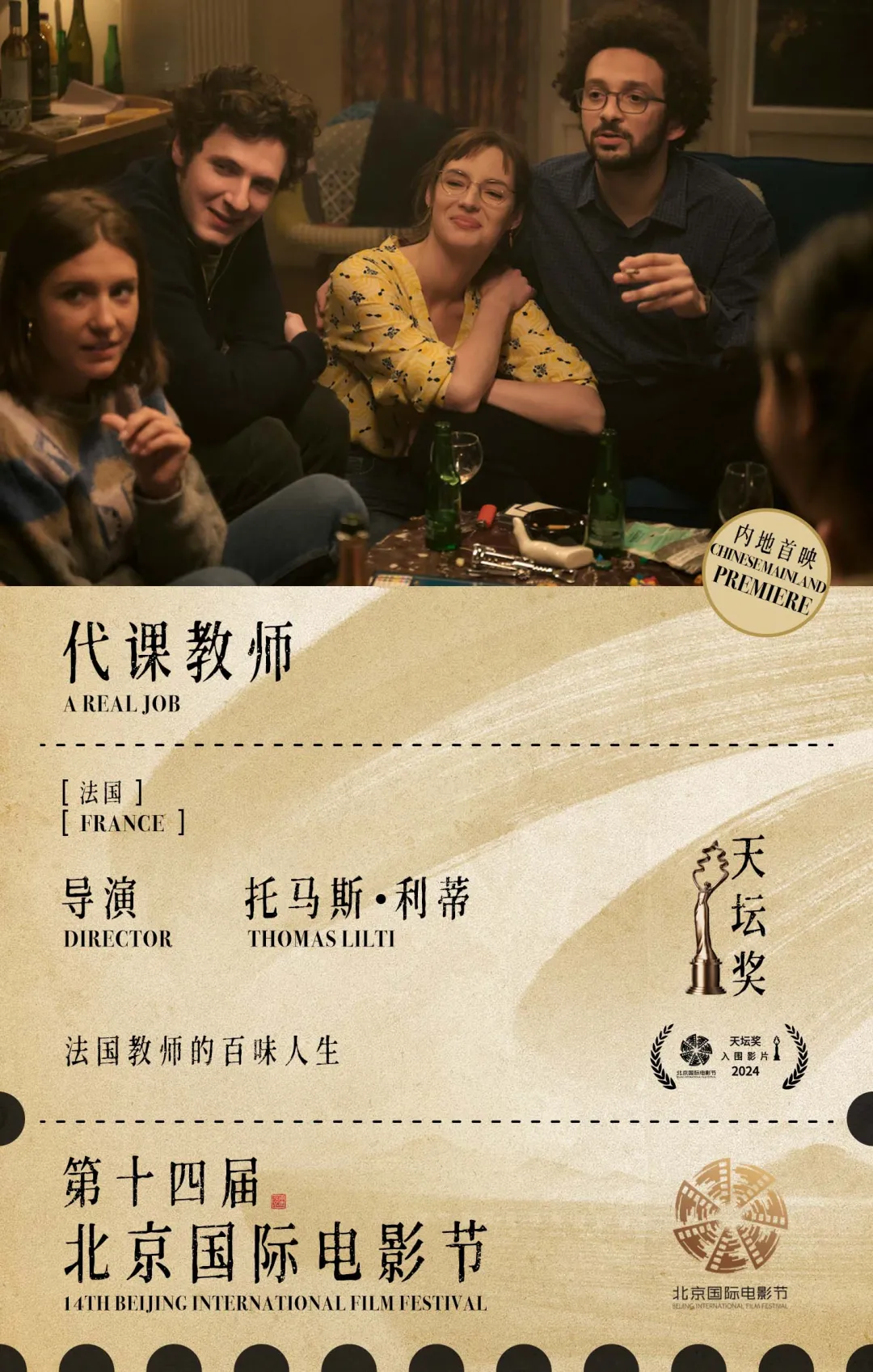
A Real Job
In many films, the encounter that can be remembered is often only once, and it seems that the scarcity can only be achieved if it’s encountered by year. However, I Love You, to the Moon, and Back directed by Li Weiran tells the story of the encounter from another perspective. From Guangzhou to Shenzhen, two trains with three round trips within one day. While two small figures in a great era chase and meet with each other, a vivid picture of social life is fully displayed. The film outlines the most valuable emotions of ordinary individuals in the wave of reform in a sincere manner. By means of the exquisite design and solute to the films of the golden age, the director's passion for life is always the most critical message that the film wants to convey.
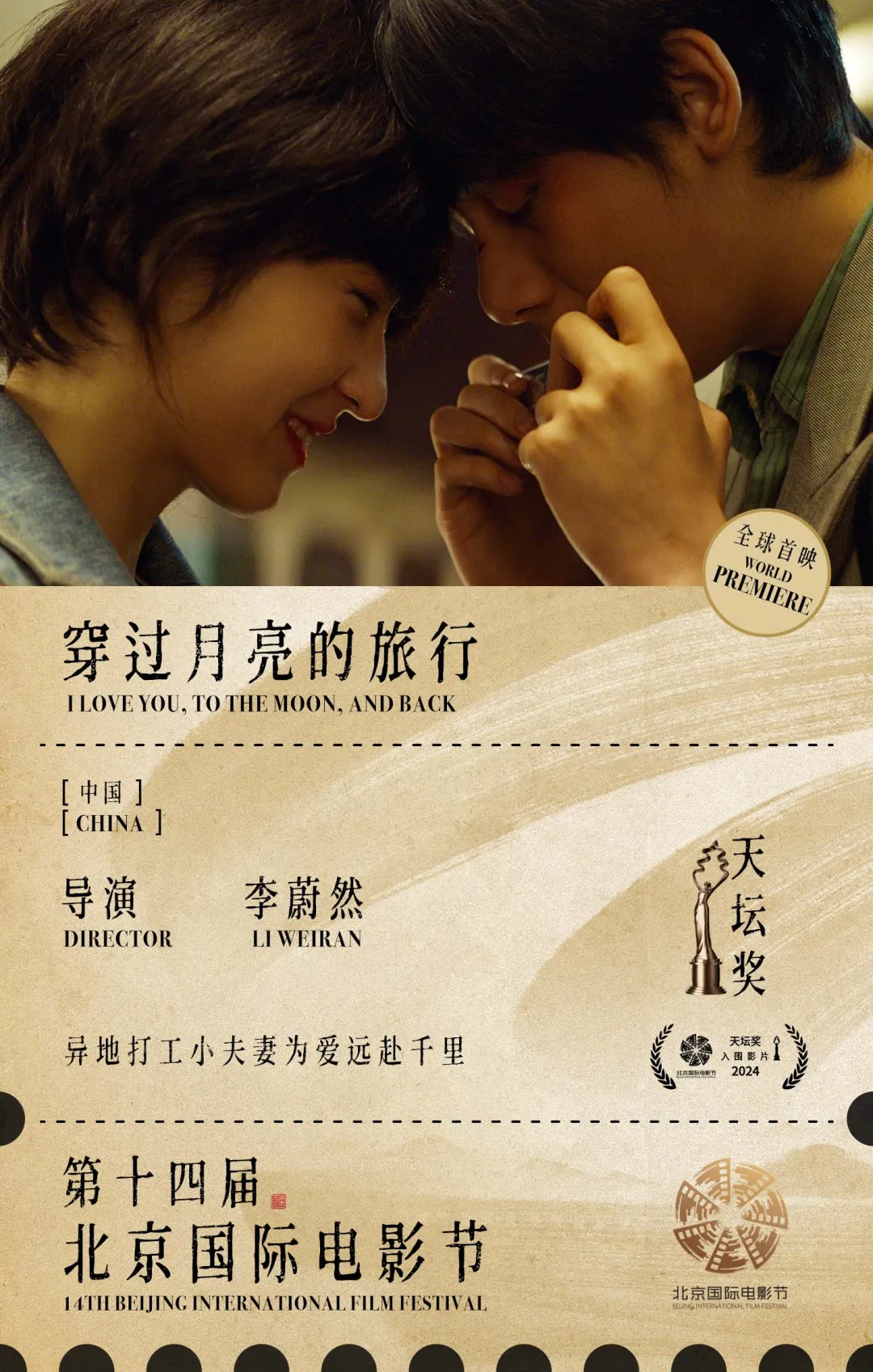
I Love You, to the Moon, and Back
If encounter is the result of searching, then where does encounter point to? In the film Milk, Stefanie Kolk gives the answer. All encounters aim to find the true self. As female themes continue to enrich the realm of reality accessible by film creation, more and more women can have their dilemmas focused and discussed. Abortion is such a presentation that seems to be full of works of art. However, the extremely complex and intense emotional and thought changes that occur in women are always ignored as a matter of fact. In the film Milk, Robin always meets all kinds of people in the process of donating her breast milk after a miscarriage. Her hope of relieving the pain is broken again and again, but she persists in the process almost stubbornly since she is walking on the road of self-help more explicitly. The powerful emotional energy is completely released in the minimalist style of the film. However, it’s wonderful that the integrity and impact of the emotion itself has never got lost, which is even more shocking due to the existence of “white space”.
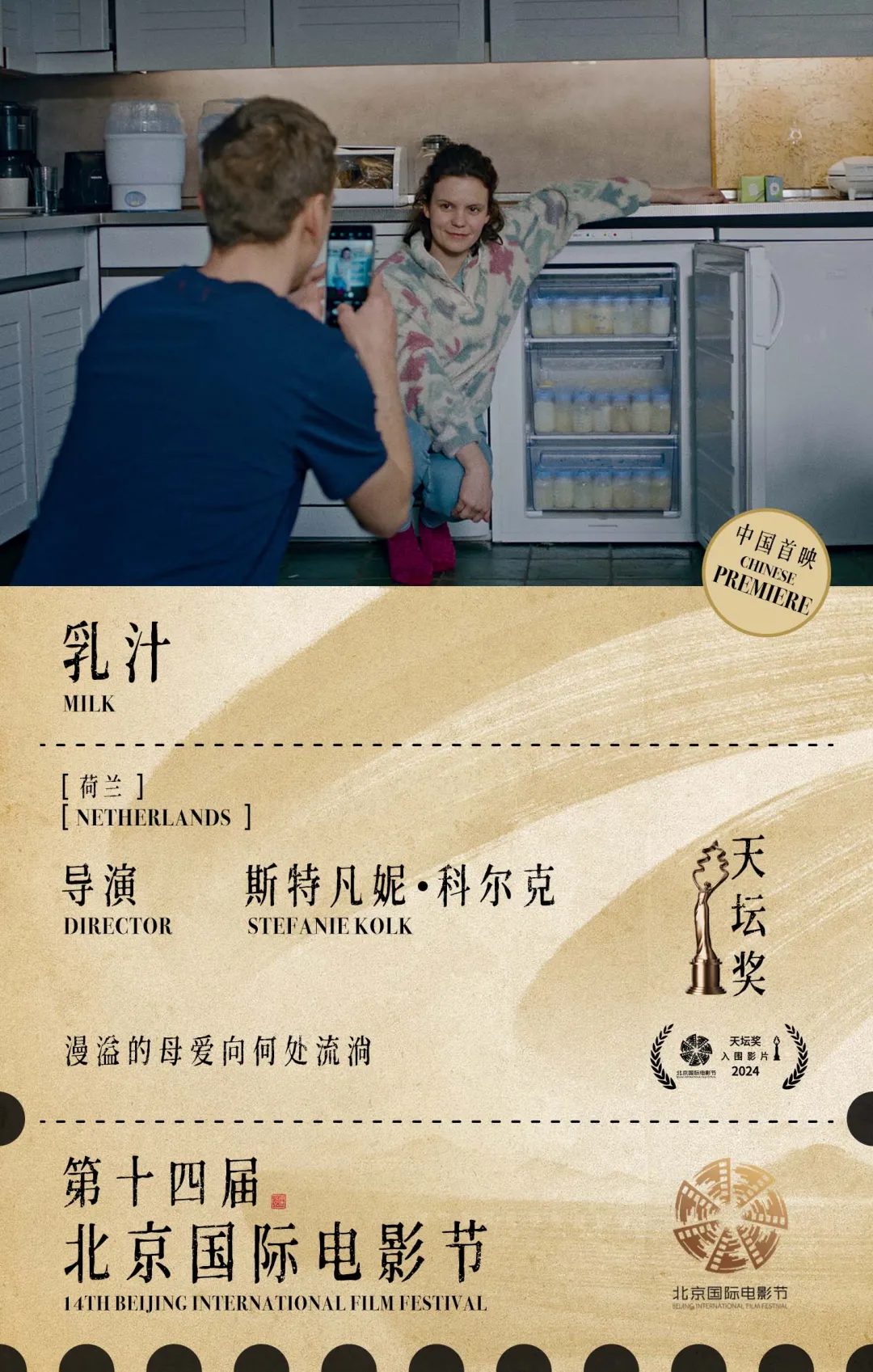
Milk
Encounter Again after Twelve Years
Since its establishment in 2013, the Tiantan Award has gone through twelve years. If we refer to the four seasons of life, the Tiantan Award, which is still in early spring, has also ushered into the return of filmmakers. When filmmakers mark the Tiantan Award as an important node in their creative careers, the Award also continues to focus on every frame of light and shadow shot by the filmmakers passing by.
The film A School in Bone Hill directed by director Betania Cappato was shortlisted for the Competition Section of the Tiantan Award at the 11th BJIFF in 2021. The simple beauty conveyed in the film greatly impressed both the jury and the audience. This year, the film The Ant Woman co-directed by Batania Cappato and Adrián Suárez was once again nominated for the Tiantan Award. The film not only inherits Betania Cappato's creative adoption of children's perspective, but also adopts the strategies such as image interpretation with movements and repeated different highlights to present an immersive film watching process and ultimately capture the subtlest emotions hidden in the depths of memory and daily life.
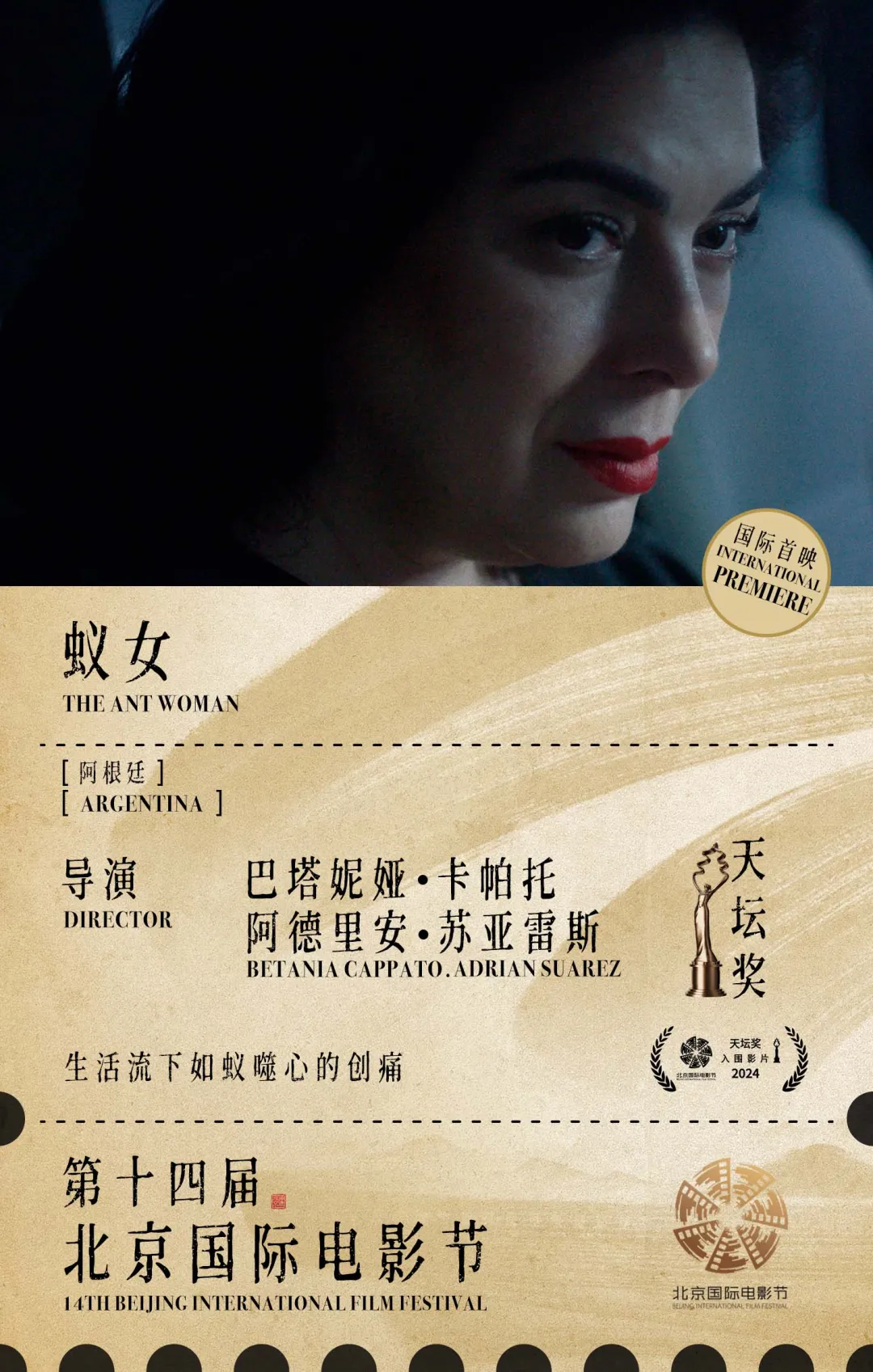
The Ant Woman
In 2022, Finnish director Teemu Nikki won the Tiantan Award for Best Film at the 12th BJIFF with his film, A Blind Man Who Did Not Want to See Titanic. This year, he will once again compete for the top ten of the Tiantan Award with his latest masterpiece Death is a Problem for the Living. If the success of A Blind Man Who Did Not Want to See Titanic lies in his observation of unconventional life and precise control of the sound effect, then in the film Death is a Problem for the Living, Teemu Nikki not only fully implements these strategies, but also amplifies the black humor attributes that had been revealed before, so as to achieve a two-way redemption that truly transcends life in the back and forth of the dual-line narration.
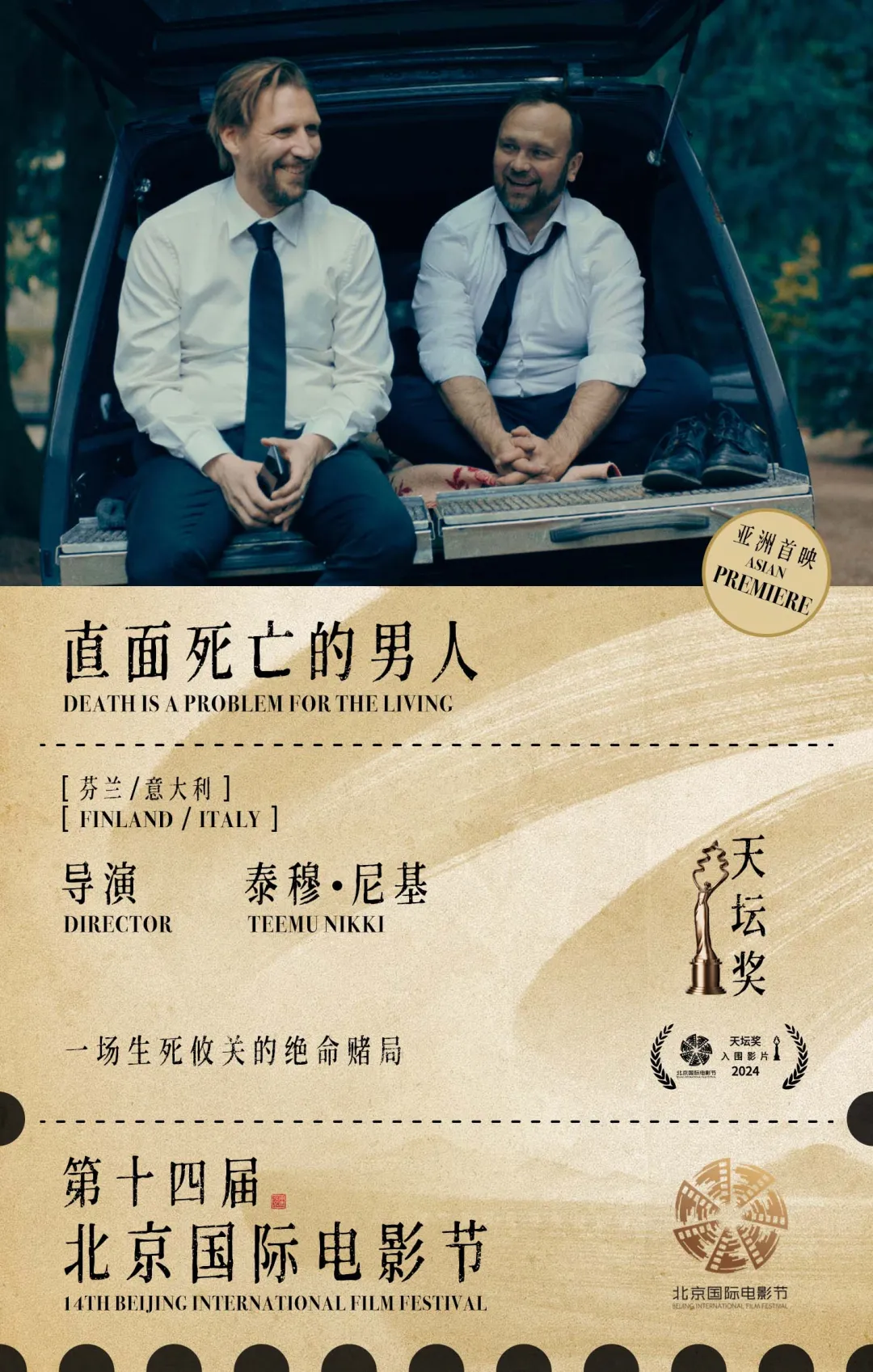
Death is a Problem for the Living
The significance of the film festival is not only a collection of outstanding films around the world, but also a gathering of filmmakers. New collisions and exchanges may occur at every moment, making the reunion even more surprising. Nadine Labaki, who served as a jury member of the 11th Tiantan Award, is not only a director who focuses on the expression of national art and women's issues, but also a very outstanding actress. She contributed an extremely wonderful performance in the film Back to Alexandria, which was shortlisted for the Tiantan Award this year. Although it’s the first time for Tamer Ruggli to direct this film, he adopts the structure as a metaphor for "pursuit" with unique method of memory visualization when facing the framework of a very classic mother-daughter intergenerational melodrama. The emotions are very sincere with light temperament, which is enough to prove his potential.
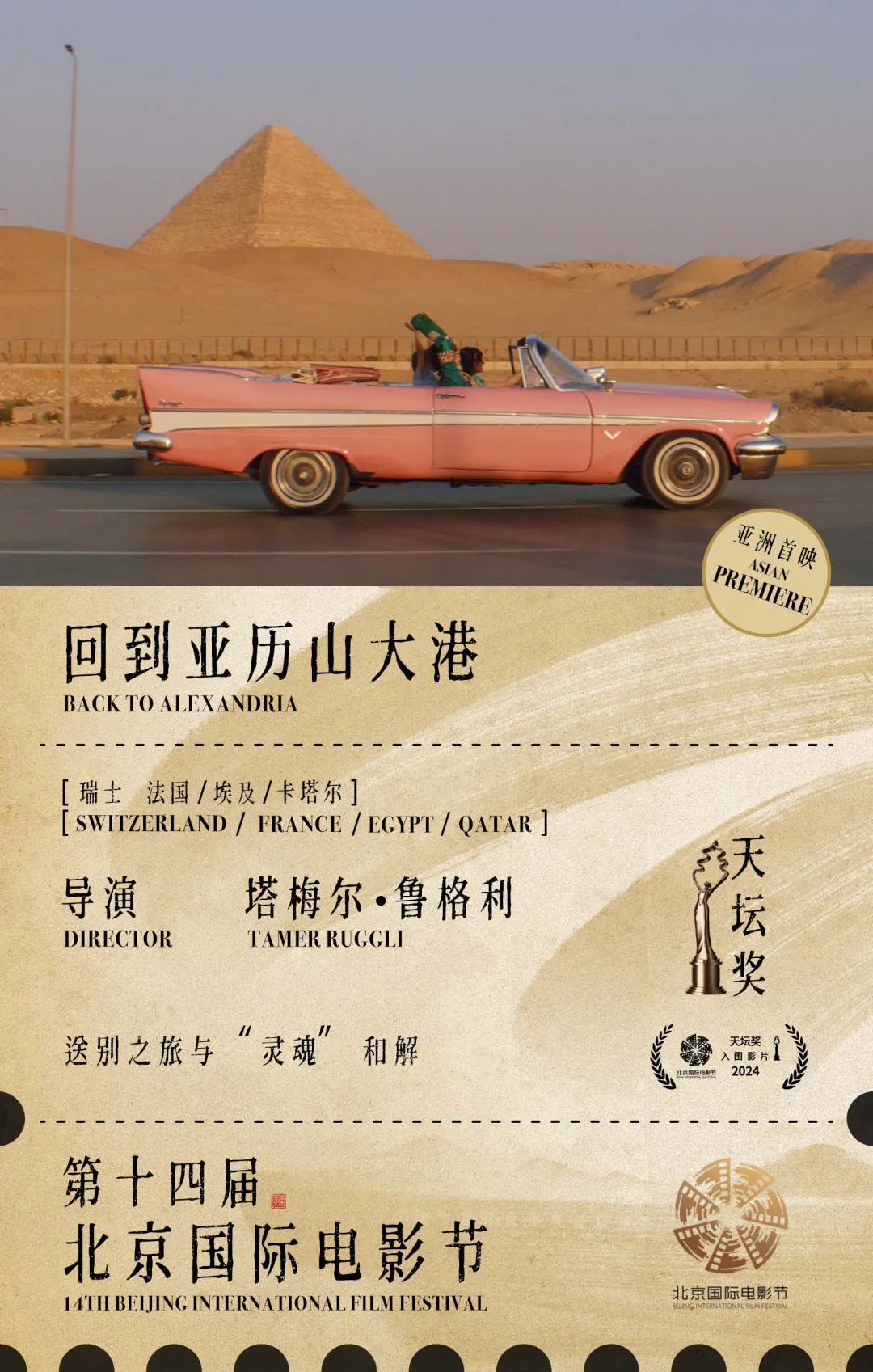
Back to Alexandria
Among the three domestic films shortlisted for the Tiantan Award, Strangers When We Meet directed by Zhang Guoli even realizes the cooperation between Fan Wei and Zhou Dongyu, two old friends of the Tiantan Award. Fan Wei, who plays Old Qin in the film, won the Tiantan Award for Best Actor at the 7th BJIFF with the film Mr. No Problem. Zhou Dongyu, who plays Chang Juan, served as a jury member of the 13th BJIFF Tiantan Award. Old Qin and Chang Juan are a "special" couple on the edge of life. With various mismatched labels, there are fragile and profound emotions between them. Their meeting is more like a reunion with the beautiful past gifted by a miracle born in tragedy.
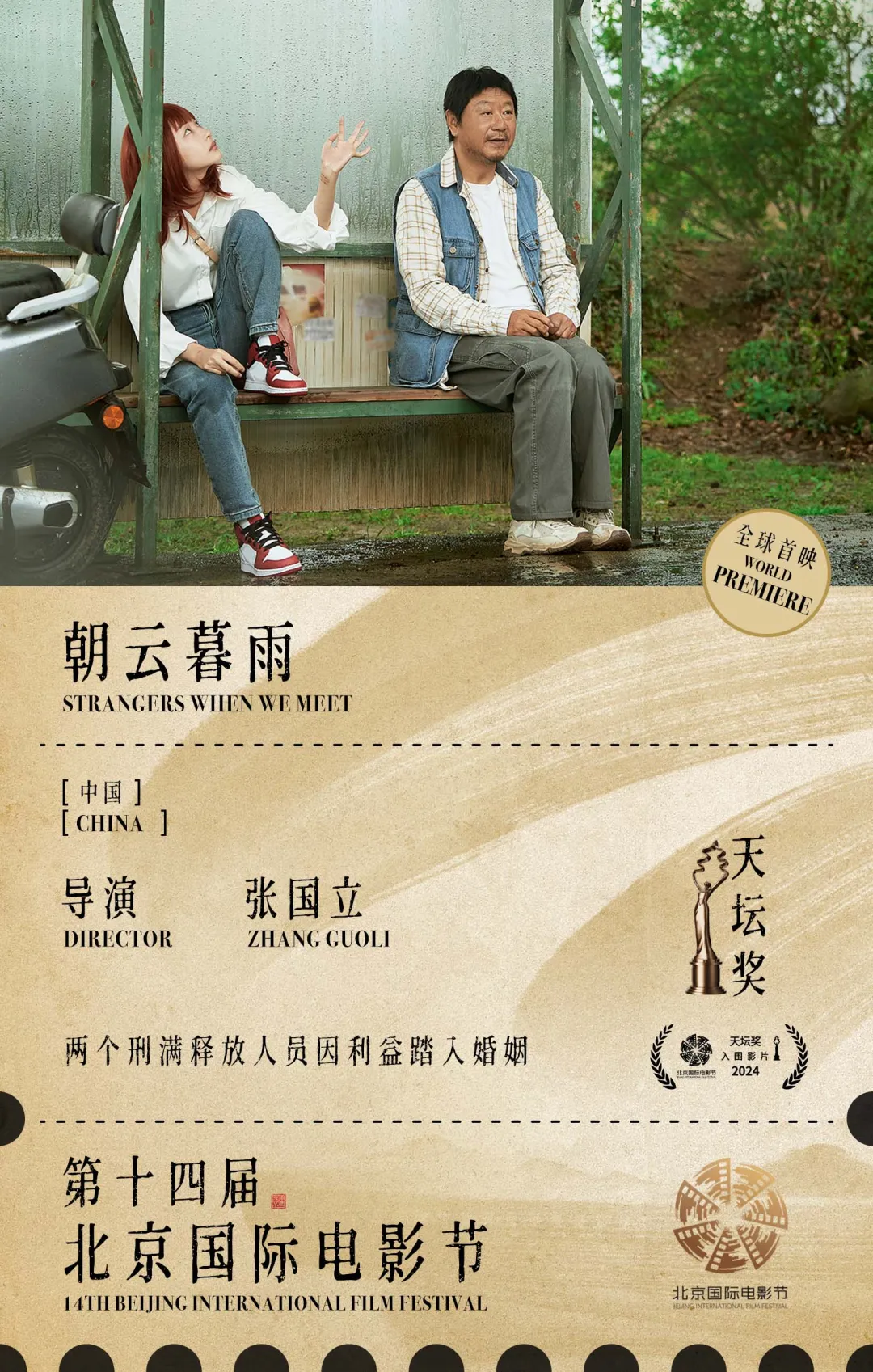
Strangers When We Meet
If searching is the beginning and encounter is accidental, then reunion should be a miracle. Compared with the length of time and the vastness of the world, the reunion between people is even more precious and valuable. Especially when the world is infinitely reduced by technology now, we are always in a state of separation, where a sense of loneliness is always hidden behind.
The film festival happens to have such a magic power. From the dim cubicle to the silent study, from the busy streets in the morning to the lonely lanes at night, it calls us to enter the world of films out of the daily state in the same way. In the new time and space, there is not only an encounter, but also a reunion. The reason why the film festival is held every year is for the moments of reunion between the audience and the films as well as the filmmakers and the BJIFF.
In this spring, we sincerely invite all audience to travel with lights and shadows on the screen with the Tiantan Award. The films shortlisted for the Competition Section of the 14th BJIFF Tiantan Award will be screened in multiple cinemas in Beijing during the BJIFF. The details of the shortlisted films and specific screening information will be announced later, please stay tuned!
Please download the Beijing International Film Festival APP for more interesting content

